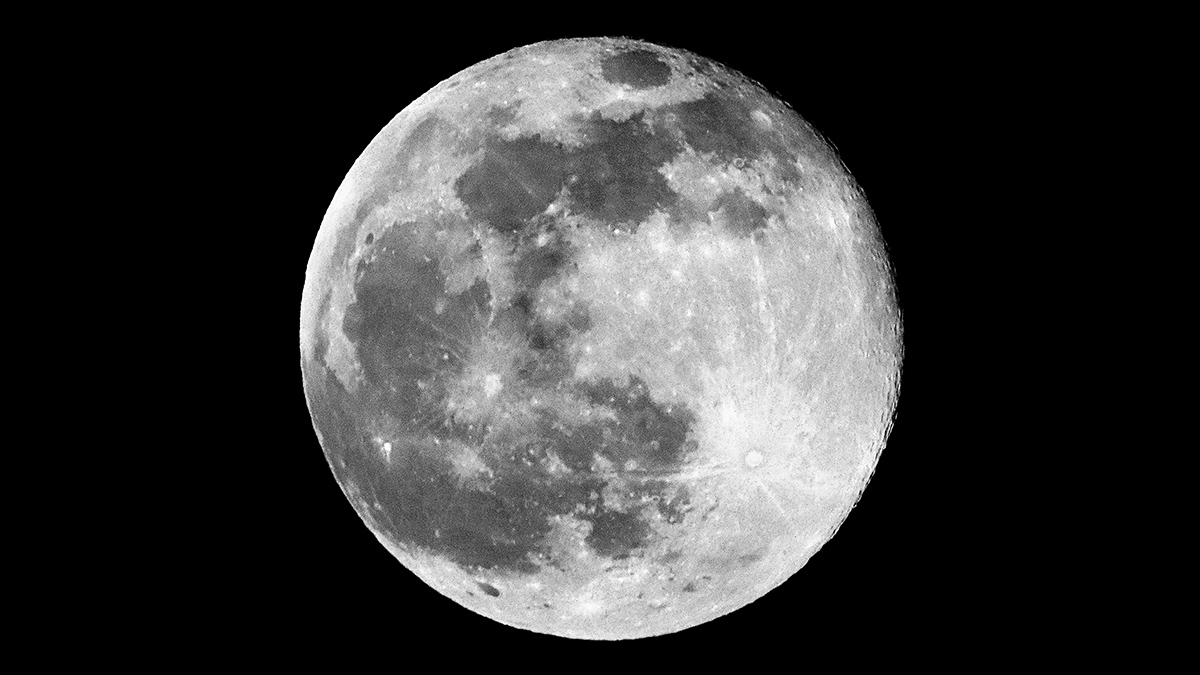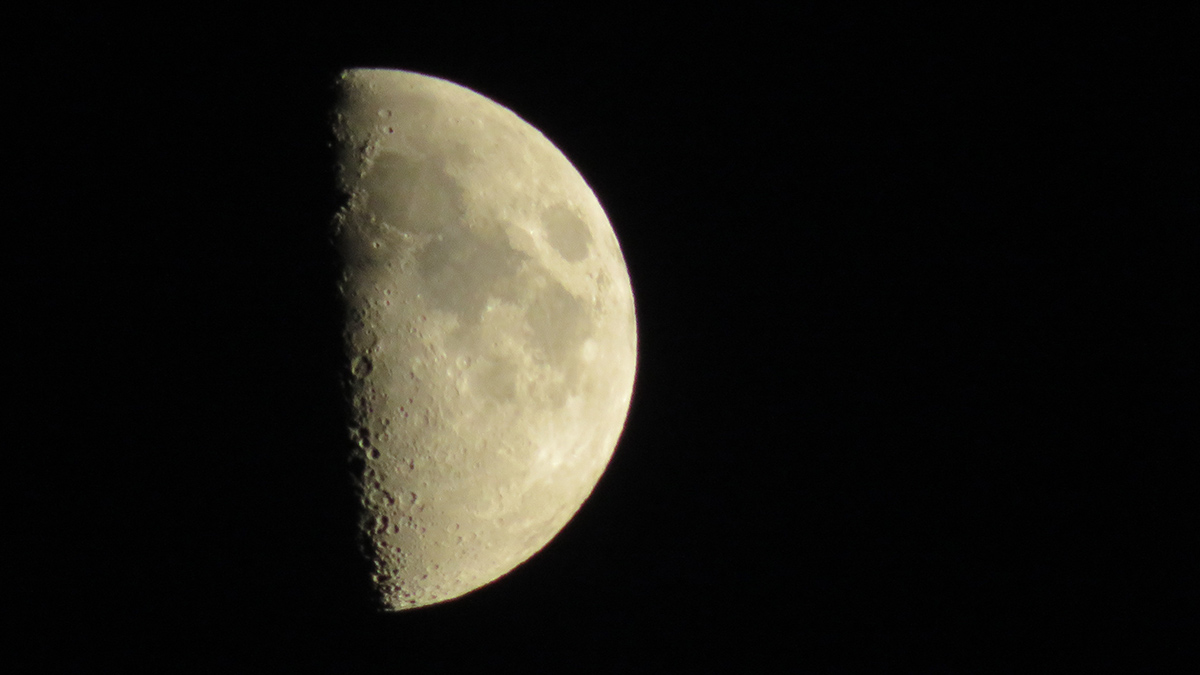How did the Moon form and how old is it? The most precise dating yet of Earth’s largest satellite found that it is much older than previously thought.
planets
Five Martian Mysteries That Have Scientists Scratching Their Heads
Despite centuries of study and many spacecraft visits, the Red Planet still holds secrets. Here are just a few.
Rogues’ Gallery Comes in Pairs
A new trove of free-floating planets, smaller and paired up more than expected, challenges stellar and planet formation models.
La canción de hielo y fuego del criovulcanismo
Las lunas oceánicas del sistema solar exterior nos dan pistas sobre volcanes de hielo, fuentes hidrotermales, y la tentadora posibilidad de habitabilidad.
Getting Psyched Up for an Asteroid Mission
The first mission to a metallic asteroid, scheduled for launch on 5 October, could provide clues to the formation of Earth and the solar system’s other inner planets.
Cryovolcanism’s Song of Ice and Fire
Ocean moons of the outer solar system hint at ice volcanoes, hydrothermal vents, and the tantalizing chance of habitability.
Oceans of Opportunity
Our solar system’s ocean worlds offer scientists intriguing instances of exotic phenomena and fresh prospects in the elusive search for planetary habitability.
Mars Has Far Fewer Minerals Than Earth Does
The development of plate tectonics and life on Earth provided avenues for mineral evolution that did not occur on Mars, resulting in relatively limited mineral diversity on the Red Planet.
Visualizing the Deep Insides of Planets and Moons
A novel method uses gravity data to determine where density anomalies lie inside planetary bodies.
A Planet Is Dramatically Losing Its Atmosphere
Helium that was once part of the atmosphere of the extrasolar planet HAT-P-32b is being ripped away and forming two giant streamers of gas several million kilometers long.










